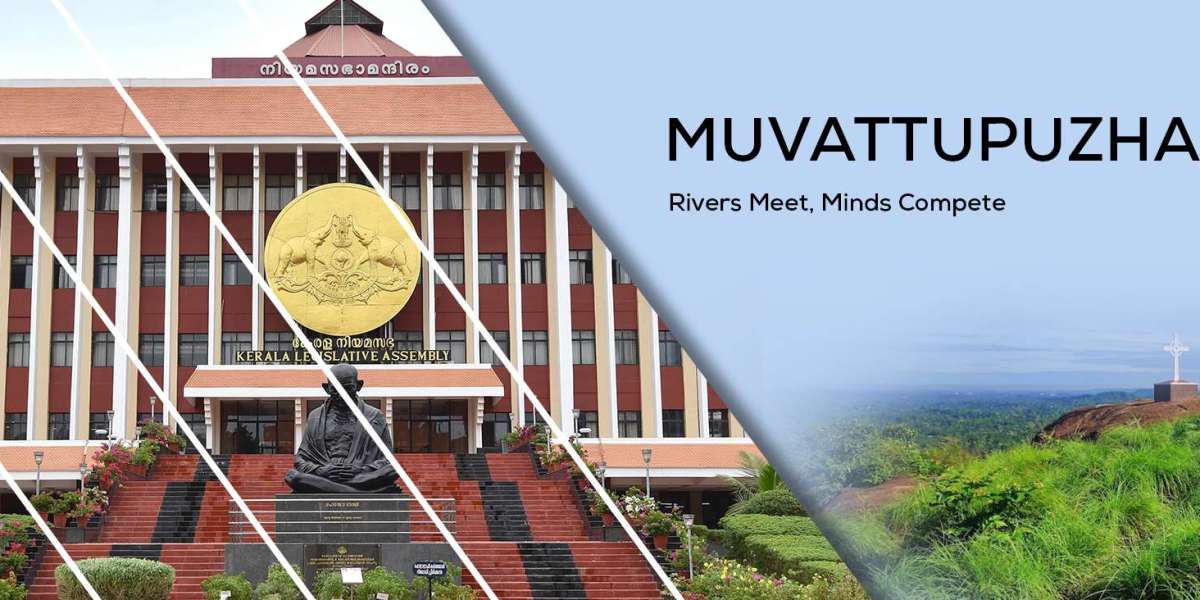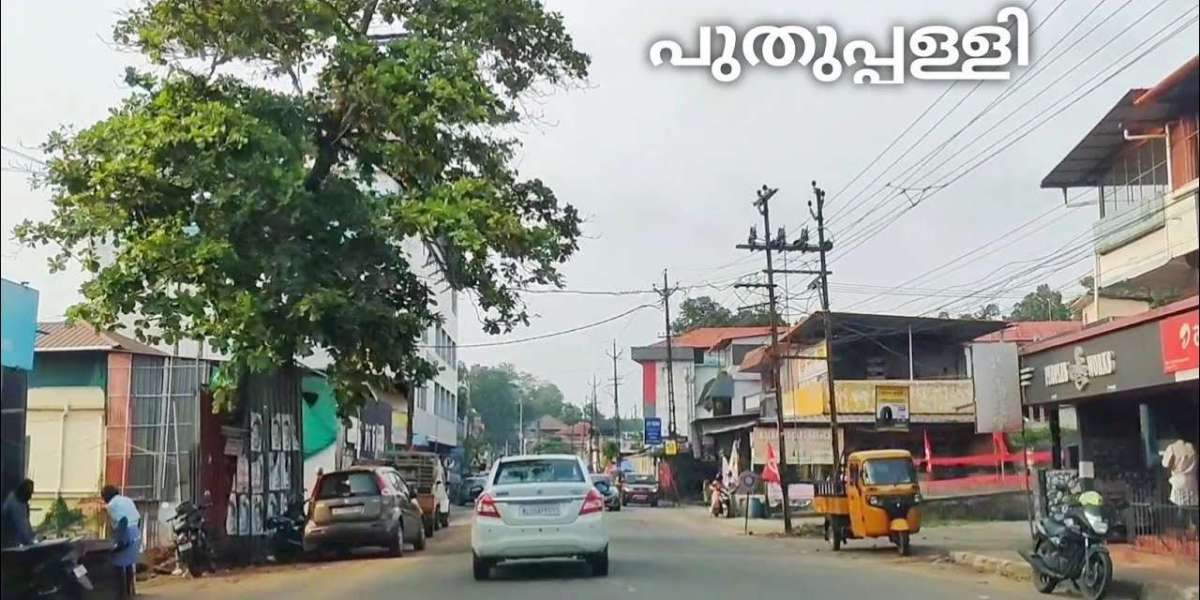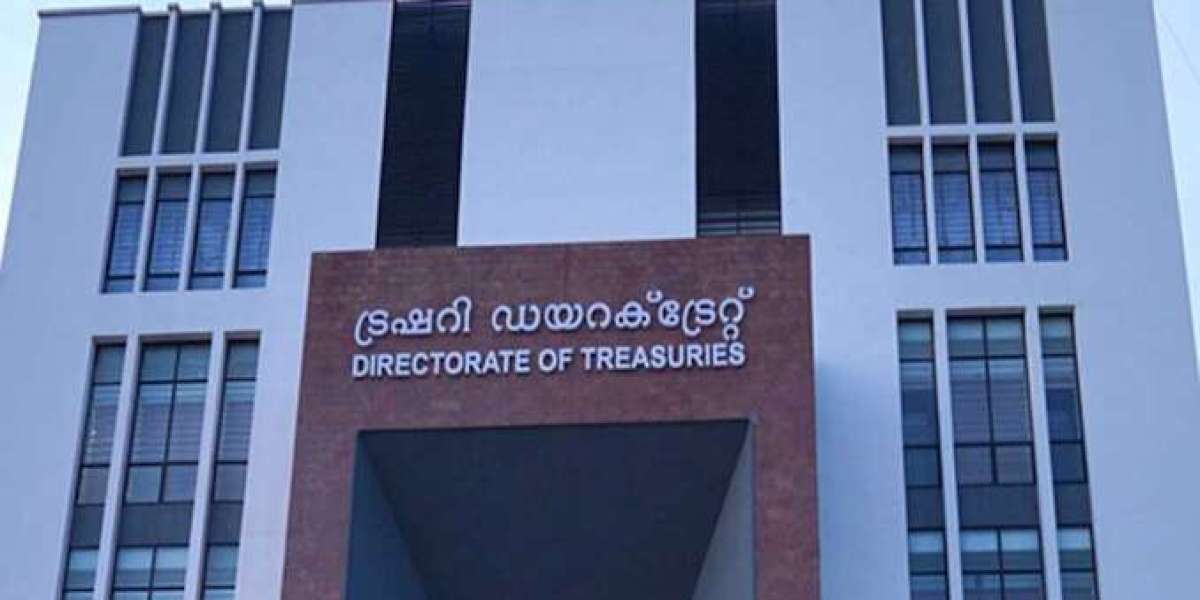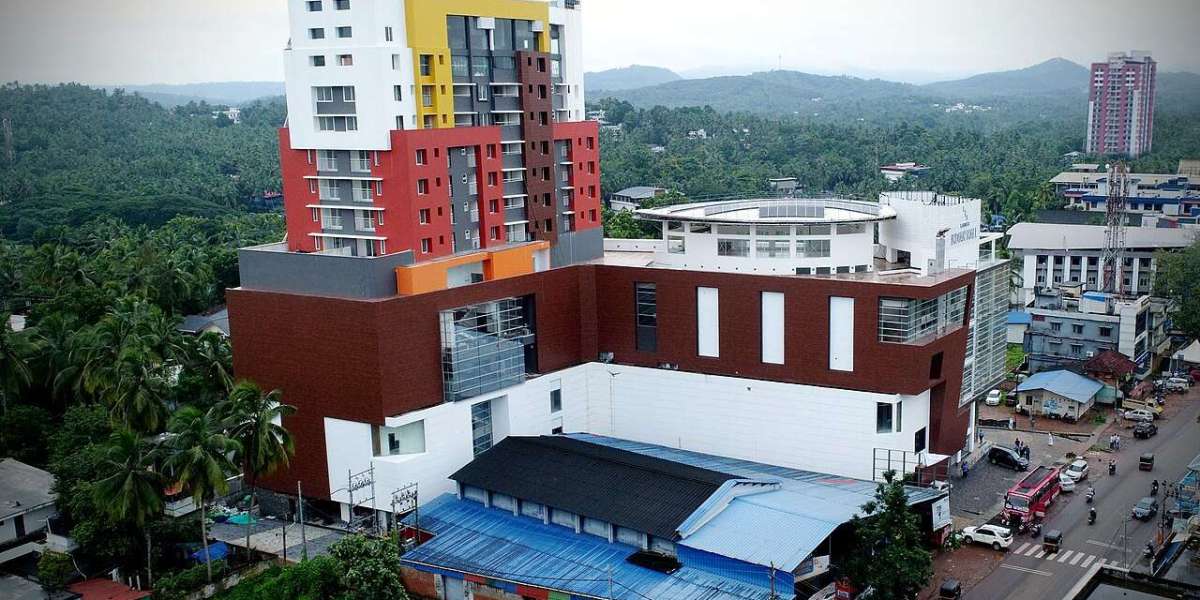Geographic & Demographic Character
With roughly 82.7% rural population and 17.3% urban, Muvattupuzha blends riverine plains and
midlands with agricultural landscapes. The taluk includes large tracts of rubber, pineapple fields and
inland water bodies. SC population is around 5.8%, ST under 0.4%, and literacy is high in line with
Ernakulam standards. Voter turnout has ranged around 75–80%.
Income & Economic Strata
The constituency supports a diversified rural economy:
Agriculture dominates: rubber, pineapple, banana, spices, and small-scale inland fisheries
along local water bodies.
Remittances from NRIs support many households in both rural and municipal segments.
Trading, small businesses, services in market hubs like Muvattupuzha town and
Paipra/Pezhakkappilly.
Education-related employment from institutions like Nirmala College and Ilahiya Arts &
Science College also contribute.
Most residents fall into the middleincome bracket—small landholders, traders, salaried
professionals, and remittancesupported families. There is a visible BPL segment among agricultural
labourers and fishing households. Highincome households are fewer, typically diasporalinked or
larger traders.
Recent Development Highlights
Local MLA Mathew Kuzhalnadan has criticized state-level neglect, citing delays in
government hospital upgrades, the stalled Kadathi–Karakunnam bypass (only proceeding
with reduced width to avoid state funding), and the unfinished EEC market redevelopment
and dropped Keecherypady flyover.
Under the AMRUT scheme, a riverside tourism development project received ₹5 crore, yet
locals urge better sewage solutions and durable design rather than cosmetic changes.
Infrastructure woes persist: citizens report daily traffic snarls inside Muvattupuzha town,
highlighting urgent need for bypass roads and better urban planning.
Muvattupuzha Assembly Constituency thus represents Kerala’s evolving ruralsuburban mix:
anchored in agriculture and remittance economies, with emerging commercial and educational
hubs. Civic participation remains high. Ongoing battles over infrastructure and state support
underscore the constituency’s quest for equitable growth and improved quality of life.







